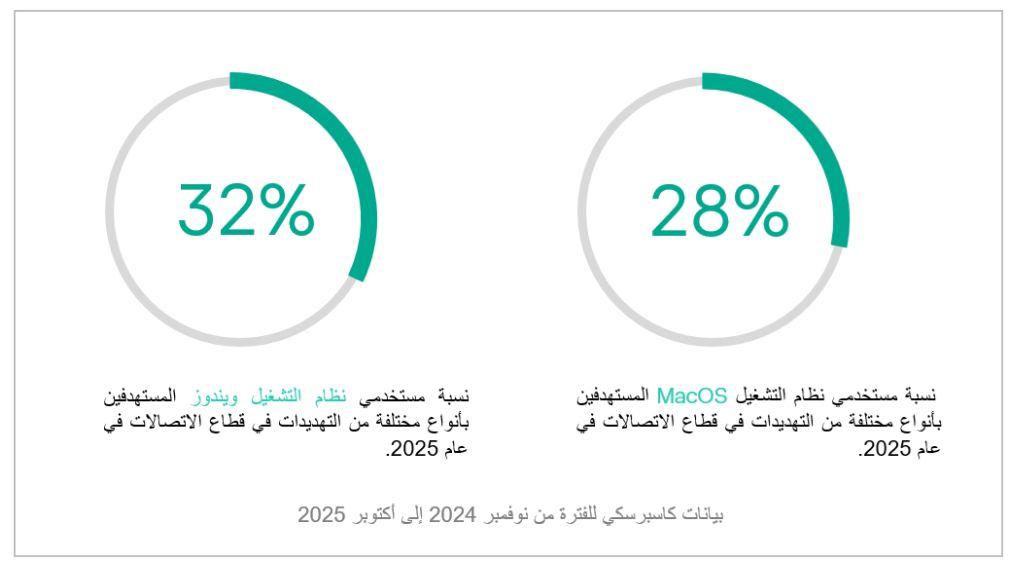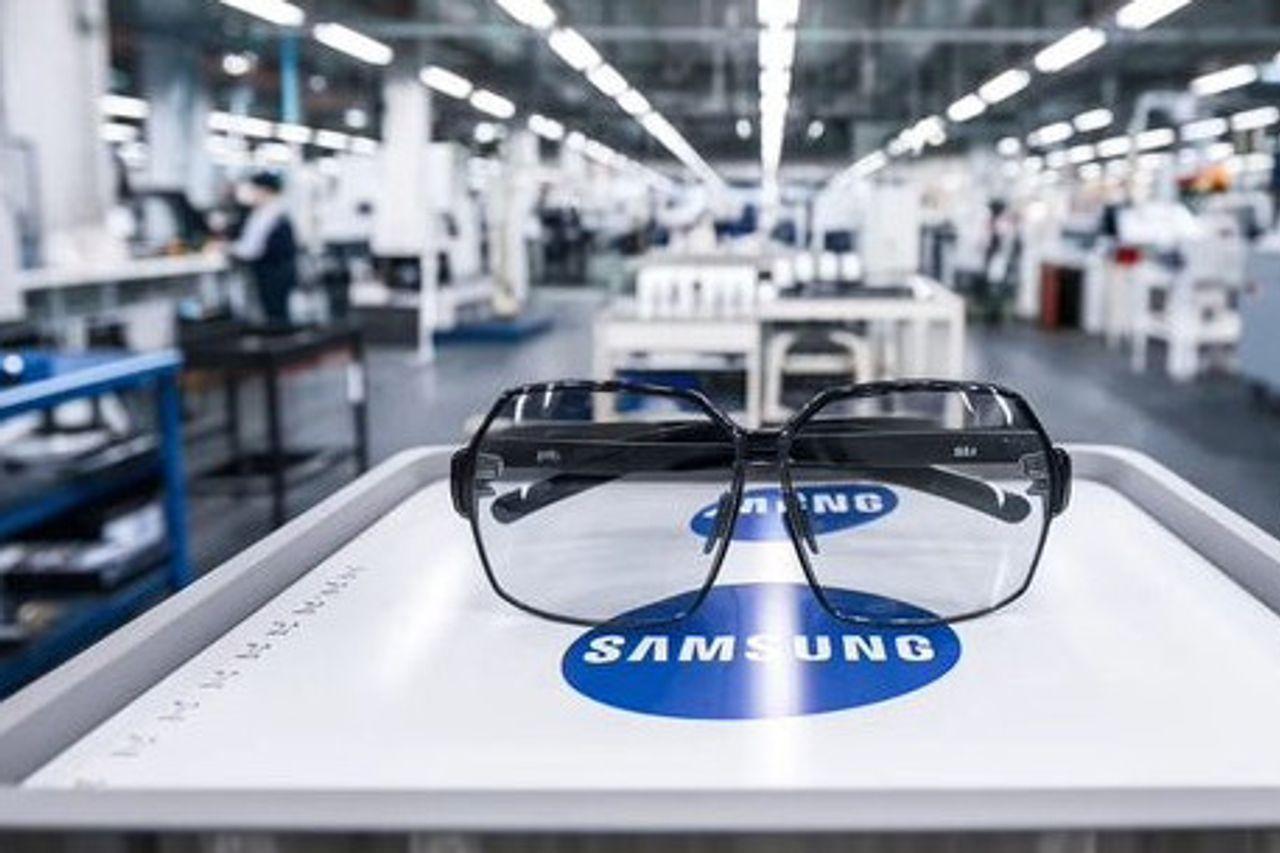By ; Shaima Hassan – Saber Mohamed
COVID-19 has transformed retail and digital commerce forever. In Q1, we saw its initial impact on retail with ecommerce revenue in Q1 2020 growing 20%. Today, we're releasing our Q2 Shopping Index, which reveals retail trends from April, May and June.
It shows a surge in digital activity that will lead to new commerce benchmarks as we head into the fall and holiday shopping seasons.
Key Insights from the Q2 Shopping Index include:
Digital revenue continues to grow: Digital revenue in Q2 grew by an unprecedented 71% compared to the previous year, the largest increase we’ve seen since launching the Shopping Index seven years ago. Traffic (+37%), conversion (+35%), and spend (+34%) also experienced historic year over year increases in Q2 compared to increases we’ve observed since 2013.
Buy Online, Pickup in Store has tremendous upside for retailers: Sites offering buy online or curbside pick up options saw Q2 digital revenues grow by 127% over Q2 2019. Meanwhile, sites that operate physical stores but did not offer a pick up option only grew by 54%.
Digital consumers are shopping intentionally during the pandemic: While large increases in traffic during a shopping moment like the holiday season usually means that conversion rate falls, Q2 bucked that trend. With retailers experiencing a 37% increase in digital traffic compared to Q2 2019, conversion rates reached 3% globally, up 35% since last year’s Q2 conversion rate of 2.2% (with health and beauty sites hitting close to a 4.1% conversion rate).
Discount rates continue to rise as product liquidity increases: Global discount rates continued to increase in Q2, jumping 13% over Q2 2019 to an average of 18%. General apparel merchandise was the most likely to see the highest discounts, averaging 22% throughout the quarter, followed by luxury apparel merchandise (17%). Meanwhile, Toys & Games and Home Goods saw the smallest discounts, averaging 9% and 10% respectively.
Essential purchases via digital channels continue to surge: Consumers continued to turn to digital channels more than before in Q2. Since Q2 2019, global digital spend on essential goods (which includes food, personal care items and other items commonly found in grocery stores) increased by 154%, compared to a 66% increase in spend for non-essential goods.
Toys and Games and Home in high demand: As people around the world continue to spend time at home, demand for entertainment and comfort remained high. Revenue for Toys & Games grew 181% in Q2 compared to the previous year and Home Goods grew 134%. Interestingly, Health & Beauty kept pace with 138% growth.














































































